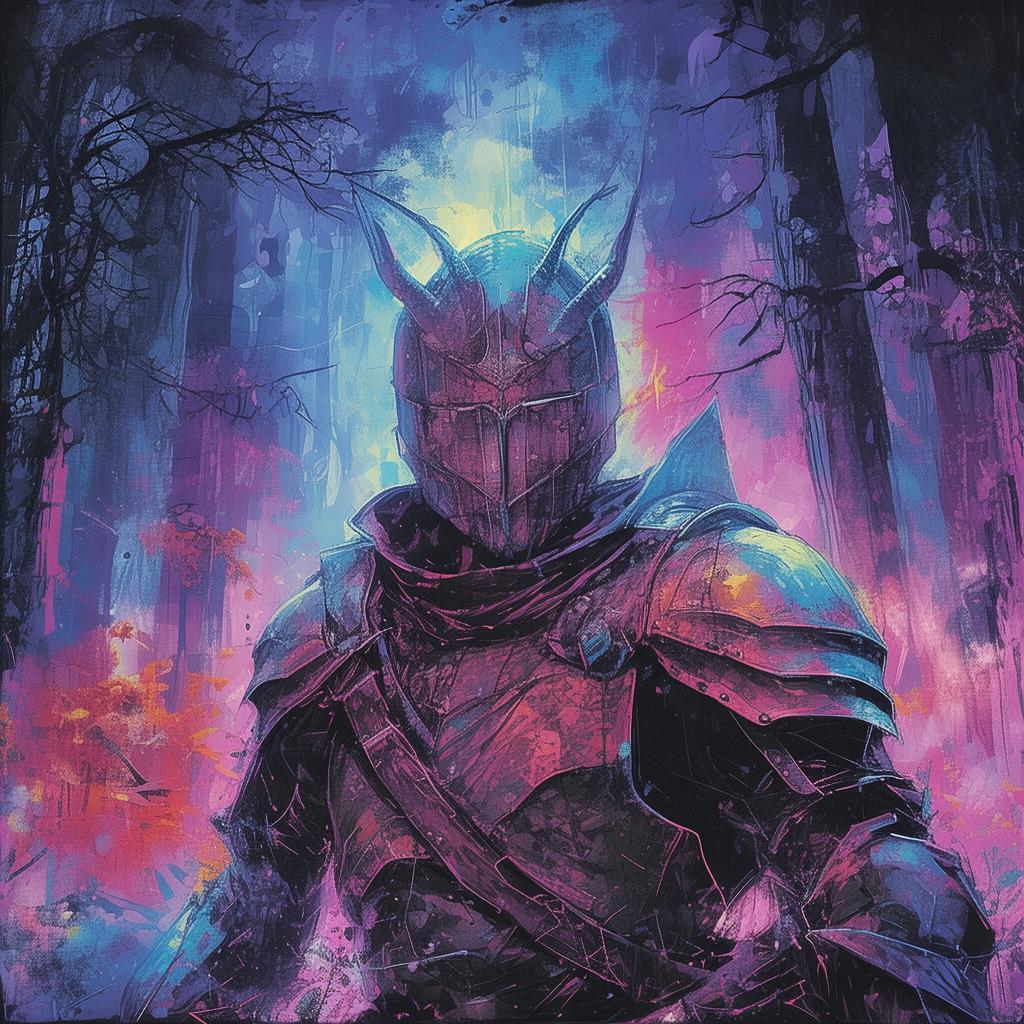The Labyrinth of Echoes: Lu Ban's Hidden Legacy
In the heart of the bustling city of Chang'an, amidst the clamor of merchants and the clatter of artisans, there lived a man whose name was whispered with reverence and awe. Lu Ban, the greatest architect of his time, had left behind a legacy of unparalleled architectural marvels. Yet, as the twilight of his life approached, he felt a gnawing sense of emptiness, as if a part of his soul remained untapped.
One evening, as the city was enveloped in the soft glow of lanterns, Lu Ban received a package from a mysterious source. It was a leather-bound manuscript, its cover adorned with intricate carvings of ancient symbols. The manuscript was a puzzle, a cryptic message that beckoned him to unlock its secrets.
"Lu Ban, the great architect, has discovered a manuscript that promises to unveil the forgotten designs of his forebears," the city's scholars whispered in hushed tones. "Could it be the key to architectural mastery, long lost to time?"
Intrigued and driven by a thirst for knowledge, Lu Ban began to decipher the manuscript's cryptic text. The pages were filled with sketches of ancient structures, their designs so complex and elegant that they seemed to defy the laws of physics. Each drawing was accompanied by a passage of text that spoke of a labyrinth, a place where the past and present intertwined, and the echoes of history could be heard.
"I must find this labyrinth," Lu Ban declared, his eyes alight with determination. "Only then can I uncover the true legacy of my ancestors."
The labyrinth was said to be hidden within the ancient city of Linyi, a place forgotten by time and shrouded in mystery. Lu Ban set out on a journey, accompanied by his loyal apprentice, Ming, and a small band of trusted companions. As they ventured deeper into the heart of Linyi, they were met with challenges that tested their resolve and their understanding of the world.
The first challenge came in the form of a riddle, etched into the very stone of the labyrinth's entrance. "To enter the labyrinth, you must be the one who seeks," it read. Lu Ban pondered the words, realizing that the true quest was not merely to find the labyrinth, but to confront his own innermost desires and fears.
As they moved through the labyrinth, the walls seemed to come alive with echoes of the past. The sounds of construction, the laughter of children, and the cries of the injured filled the air, creating an atmosphere of both wonder and dread. Ming, ever the practical apprentice, tried to remain focused, but even he could not escape the pull of the labyrinth's magic.
One day, as they reached a chamber filled with ancient tools and materials, Lu Ban discovered a hidden compartment within the wall. Inside, he found a set of blueprints for a structure unlike any he had ever seen. The design was so advanced that it seemed to belong to a future that had yet to come.
"This is it," Lu Ban whispered, his voice trembling with excitement. "This is the key to the future of architecture."
But as he studied the blueprints, he noticed something peculiar. The design was not merely a blueprint; it was a map, a guide to the labyrinth itself. The realization struck him like a thunderbolt. The labyrinth was not just a place of echoes from the past; it was a reflection of his own mind, a place where the hidden aspects of his personality could be explored and understood.

In the heart of the labyrinth, Lu Ban faced his greatest challenge yet. A mirror, adorned with symbols and runes, stood before him. He approached it cautiously, knowing that the mirror would reveal his deepest fears and desires. As he gazed into the mirror, he saw not just himself, but the echoes of his ancestors, their laughter and their sorrows, their triumphs and their defeats.
The mirror revealed that the true legacy of Lu Ban's forebears was not merely architectural mastery, but the ability to understand and harness the power of the human mind. It was a legacy that went beyond the physical structures they built; it was a legacy of self-discovery and inner strength.
With the realization, Lu Ban felt a profound sense of peace. He understood that the true purpose of his journey was not to find the labyrinth, but to find himself. And in finding himself, he had found the legacy that would ensure that his name would be remembered for generations to come.
As the journey came to an end, Lu Ban returned to Chang'an, his mind filled with new ideas and inspiration. He shared his discoveries with the world, and soon, the city was abuzz with talk of the labyrinth and its secrets. The blueprints he had found were used to build a new generation of structures, each more advanced and elegant than the last.
Lu Ban's legacy lived on, not just in the buildings he had designed, but in the way that his name became synonymous with architectural genius and the pursuit of self-discovery. And in the heart of Chang'an, the labyrinth of echoes remained, a testament to the power of the human spirit and the eternal quest for knowledge.
In the end, Lu Ban's journey was not just a quest for architectural mastery, but a journey into the depths of his own soul. And in that journey, he had found the true meaning of his life's work.
✨ Original Statement ✨
All articles published on this website (including but not limited to text, images, videos, and other content) are original or authorized for reposting and are protected by relevant laws. Without the explicit written permission of this website, no individual or organization may copy, modify, repost, or use the content for commercial purposes.
If you need to quote or cooperate, please contact this site for authorization. We reserve the right to pursue legal responsibility for any unauthorized use.
Hereby declared.









